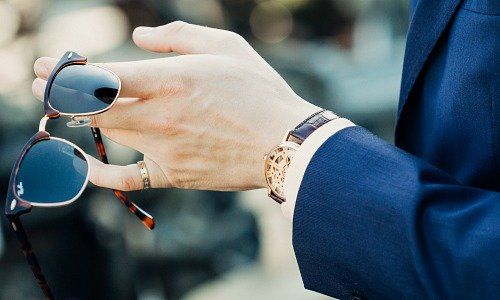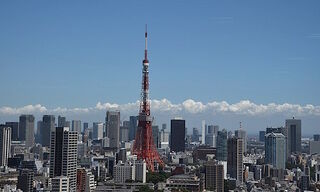Despite global economic headwinds, the market for high-end labels and products grew by 10.8 percent, with LVMH retaining its position as the top luxury brand in the world.
The world's top 100 luxury brands generated $247 billion in aggregated sales in FY2017, $30 billion (10.8 percent) more than the year before, outpacing the previous year's 1 percent growth, accounting firm Deloitte said in its annual «Global Powers of Luxury Goods» report.
The report examined and ranked the world's top 100 largest luxury goods companies based on their consolidated sales in FY2017, defined as financial years ending within the 12 months to 30 June 2018. The top 10 luxury goods companies accounted for 48.2 percent of total luxury goods sales. To rank in the top 100, a company needed to have at least $218 million in revenue in FY2017.
«Despite the recent slowdown of economic growth in major markets including China, the Eurozone and the US, the luxury goods market looks positive,» Patrizia Arienti, Deloitte's EMEA Fashion & Luxury Leader said in the report.
LVMH Tops List
Topping the list once again was LVMH Moët Hennessy – Louis Vuitton SE, also known as LVMH, the French multinational luxury goods conglomerate headquartered in Paris, with $28 billion in sales, 17.2 percent more than the year before.
American cosmetics company Estée Lauder was second with $13.7 billion in sales and 15.7 percent growth, while Swiss jewellery label Richemont was third with $12.8 billion in sales and 3.1 percent growth. Hong Kong's Chow Tai Fook Jewellery Group is the only Asian company to be featured in the top 10, with $7.6 billion in sales and growth of 15.4 percent, rebounding from last year's 9.4 percent decline.

Virgil Abloh, Louis Vuitton's menswear artistic director (Image: Wikimedia Commons)
According to fashion publication Hypebeast, the success of LVMH can be, in part, linked to the strength of its talent acquisition, with acclaimed American designer Virgil Abloh (pictured above) taking creative lead for Louis Vuitton‘s menswear line, Kim Jones for Christian Dior, and Berluti‘s new designer Kris Van Assche, Jones’ predecessor at Dior.
HENRYs
The report also identified the rise of a new consumer class: the HENRYs (high earners not rich yet), who have a significant discretionary income and are highly likely to be wealthy in future. Members of this group have an average age of 43, an average income of $136,000 and less than $1 million in investible assets.
It also noted that sustainability is the key to win new customer generations’ hearts, saying that luxury brands that want to retain these customers must evolve towards new models of ethical and sustainable luxury.
Top 10 Luxury Goods Companies by Sales
- LVMH (France)
- Estée Lauder (United States)
- Compagnie Financière Richemont (Switzerland)
- Kering (France)
- Luxottica Group (Italy)
- Chanel (United Kingdom)
- L’Oréal Luxe (France)
- The Swatch Group (Switzerland)
- Chow Tai Fook Jewellery Group (Hong Kong)
- PVH (United States)



















